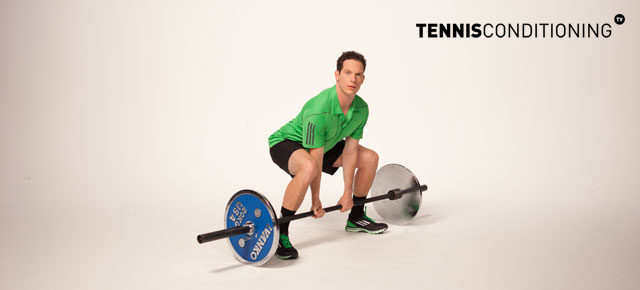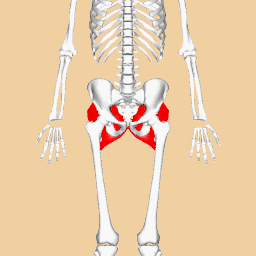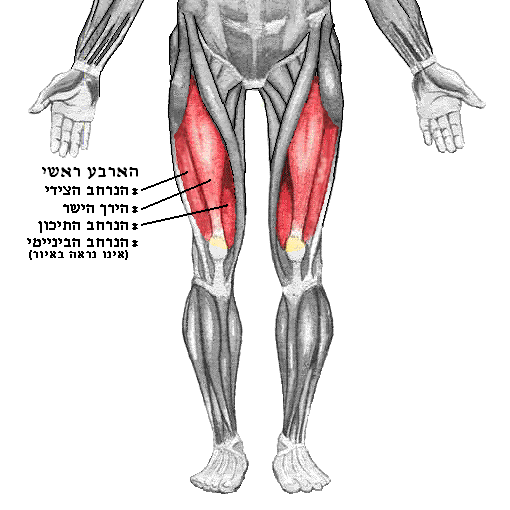The modified deadlift is a compound resistance training exercise for individuals with pelvis flexibility issues to strengthen the hip- and knee extensors.
The modified deadlift is ideal for beginners or athletes with flexibility issues. Because they can strengthen the musculature and improve body control and coordination for more complex activities.
Since the modified deadlift activates numerous muscle groups simultaneously you can develop a strong base of support and facilitate neuromuscular system efficiency.

Therefore, include the modified deadlift into your training program until you are ready to progress into the traditional deadlift.
Modified Deadlift Progression
If you use additional weights…make sure you use appropriate resistance so you can control the action throughout the entire range of motion. Otherwise you defeat the purpose of the exercise.
Very often, people use too much resistance and they become sloppy. Especially when it comes to maintaining core stability.
Also, don’t just progress with adding more weight. First, maximize the speed while maintaining perfect form.
Modified Deadlift Description

- Position barbell on the rack; add resistance (plates) and attach safety clips; place barbell on the ground
- Assume modified athletic stance; stand straight, feet are wider than shoulder-width apart; knees slightly flexed; toes point slightly outward (10˚-20˚)
- First flex hips (~45˚) and then knees until knees are flexed to 90˚ (or as far as possible); maintain neutral pelvic position; distribute weight through the heels; keep knees inside shoulders; maintain neutral spine position (push chest out and scapulae [shoulder blades] together; maintain neutral head position [look forward])
- Use an alternated grip (one palm facing down, the other palm faces up) and place hands within shoulder-width on the bar
- Extend the knees and hips while maintaining neutral spine position and return to starting position
Modified Deadlift Targeted Musculature
- Glutes
- Hamstrings
- Quadriceps
Training Zone
In this section we provide you with some exercises you can use to optimize your training.
The exercises have been grouped and selected based on the major muscle group(s) they target. The prime movers.
The first exercise is a dynamic warm up to increase muscle tissue temperature to prepare you for your workout.
For more info take a look at the benefits of a proper warm up routine.
The second exercise is a free-weight resistance training exercise to strengthen the respective prime movers and improve neuromuscular system efficiency.
Why? Find out more about the purpose of weightlifting for tennis players.
The third exercise is a static stretching exercise you can do following your workout as a cool down to improve flexibility and reduce muscle soreness.
Here is more information on the benefits of static stretching.













